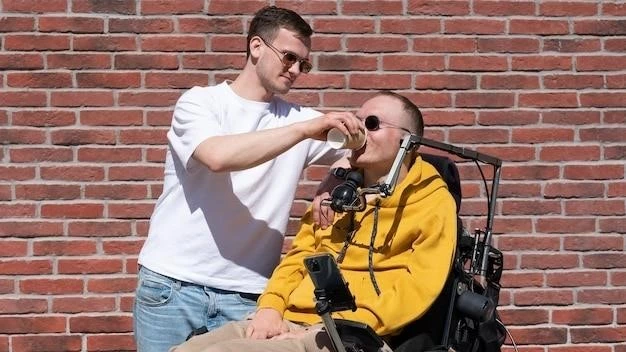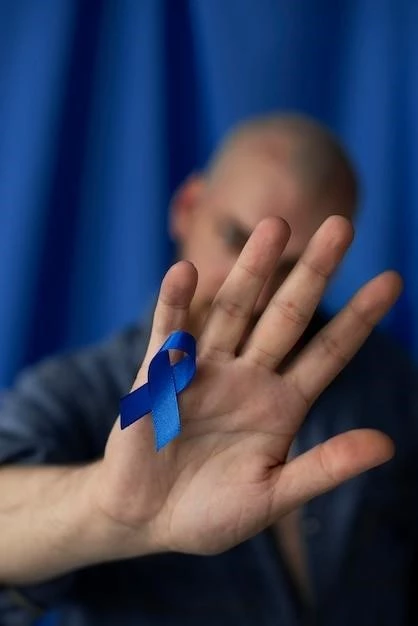Disease⁚ Urban–Schosser–Spohn Syndrome
Urban-Schosser-Spohn Syndrome, also known as Hereditary Mucoepithelial Dysplasia (HMD), is a rare genodermatosis affecting various mucosal areas in the body. Onset occurs in infancy with symptoms such as skin abnormalities, alopecia, and visual impairments. Genetic research links this syndrome to specific gene variants.
Overview of Hereditary Mucoepithelial Dysplasia (HMD)
Hereditary Mucoepithelial Dysplasia (HMD) is an extremely rare genetic disorder characterized by skin, hair, mucosal, and ocular abnormalities. It typically manifests in infancy with distinctive clinical features such as non-scarring alopecia, fiery red gums, mucosal redness, and visual impairments. The condition is associated with specific gene variants and affects various mucosal tissues in the body. Histologically, dyskeratotic keratinocytes and desmosomes are key features of this disorder. Research continues to explore the underlying causes and potential treatment strategies for Hereditary Mucoepithelial Dysplasia.
Genetic Research and Associations
Research on Urban-Schosser-Spohn Syndrome has revealed various genetic associations and research pathways related to dysplasia, keratosis, and pulmonary conditions. Autosomal dominant inheritance is a key mode of transmission linked to specific gene variants.
Clinical Presentation and Symptoms
Urban-Schosser-Spohn Syndrome presents with a range of clinical features affecting the skin, mucosal areas, gums, eyes, and lungs. Symptoms typically appear in infancy and may include non-scarring alopecia, fiery red gums, perineal erythema, and visual impairments. The hallmark histological features include dyskeratotic keratinocytes and desmosomes in affected tissues.
Diagnosis and Differential Diagnoses
Diagnosing Urban-Schosser-Spohn Syndrome involves a thorough clinical evaluation, genetic testing to identify specific gene variants associated with the condition, and histological examination of affected tissues to confirm dyskeratotic keratinocytes and desmosomes. Differential diagnoses may include other genetic skin disorders, mucosal abnormalities, or conditions with similar clinical presentations.
Treatment Approaches and Management
Treatment for Urban-Schosser-Spohn Syndrome focuses on managing symptoms and complications associated with the condition. Approaches may include dermatological care for skin abnormalities, visual aids for impaired vision, and supportive therapies to address mucosal issues. Multidisciplinary care involving dermatologists, ophthalmologists, and genetic counselors is essential for comprehensive management of the syndrome.
Prognosis and Complications
The prognosis of Urban-Schosser-Spohn Syndrome varies depending on the severity of symptoms and individual response to treatment. Complications may include visual impairments, mucosal issues, and skin abnormalities, which can impact the quality of life for affected individuals. Close monitoring and multidisciplinary care are essential to address potential complications and optimize outcomes.
Support Resources for Patients and Families
For individuals and families affected by Urban-Schosser-Spohn Syndrome, accessing support resources is crucial. Organizations specializing in rare genetic disorders, dermatology, and ophthalmology can provide valuable information and assistance. Online forums, counseling services, and patient advocacy groups offer emotional support and a sense of community for those navigating the challenges of this rare condition.

Ongoing Research and Future Directions

Ongoing research on Urban-Schosser-Spohn Syndrome focuses on understanding the underlying genetic mechanisms, exploring potential targeted therapies, and improving diagnostic techniques. Future directions include investigating gene variants associated with the syndrome, developing personalized treatment approaches, and enhancing support resources for patients and families. Collaborative efforts between researchers, clinicians, and advocacy groups aim to advance knowledge and care for individuals affected by this rare condition.
